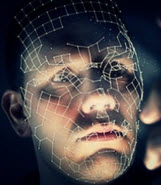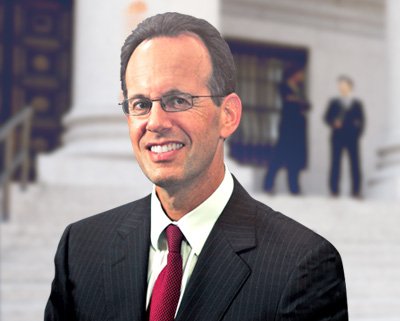Facial Recognition Programs—Although Never Mentioned in Court—Have Become a Routine Policing Tool

Every year, more and more police departments around the country purchase and rely on facial recognition software in arresting people and accusing them of committing crimes; in and outside of Florida. This market, which includes law-enforcement at local state and federal levels, is expected to reach $375 million by 2025.
In a nutshell, facial recognition software allows police officers to submit images of people’s faces taken in the field and compares these images to those already in government databases from driver’s licenses, mugshots, and other sources. The system requires very little overhead once it is put in place and is relatively easy; especially compared to gathering and testing DNA evidence. In fact, it’s used to solve relatively routine crimes and quickly identify people who then often become suspects.
Summary Of How It Works
The process of using facial recognition usually goes as follows:
- Police obtain image of someone a suspect from surveillance video;
- The investigator enters the screenshot into the facial recognition software program;
- The program produces a list of potential matches based on the number of photos in the system and how system judges the algorithms; and
- The investigator looks at the results for likely match.
Currently, there is no easy way to determine how many police departments around the country are using these programs; only narratives indicating that many try to use it as often as they can and feel they would not solve crimes without it. The only known assessment was done in 2016 by the Georgetown Center on Privacy and Technology, which demonstrated that at least one in four police agencies ran these types of searches through the system that they owned or that another agency owned.
Concerns
However, as these programs proliferate, there is a growing concern that they are simply prone to too many errors; specifically, that the algorithms they rely on are incorrectly identifying people with dark skin and women more frequently than white men (inaccurately) and there is not enough oversight of the process in general. There are few laws and regulations in place governing how these databases are allowed to work, who can be included in them, and under what circumstances police officers can use them.
In addition, in general, police departments are fairly secretive about how they’re actually using these methods. This does not just include secrecy from the general public, but from those who are charged with defending suspects, such as defense attorneys and advocates and, most importantly, those fighting wrongful convictions.
A number of people have no idea the facial recognition was used against them when they were arrested in the first place. In addition, the results of these programs are not treated as evidence for presentation in court; which means that they are never addressed in public documents and are therefore not typically not subject to any judicial rulings; which also effectively means they are difficult to track and subsequent mistakes cannot be identified. As a result, a number of cities around the country are considering banning the use of the software and many are very seriously concerned that reliance on them could lead to flood of wrongful convictions–as well as an explosion in arrests for petty crimes–increasing the disproportionate negative impacts on minorities and poor communities. Meanwhile, companies such as Amazon, Microsoft, and Axon are also busy creating even more advanced programs that will allow police to identify suspects from even less video footage – i.e. without even needing still images.
The amount of material law-enforcement agencies have to work with this is massive; especially when it comes to property crimes; because of course there are always a number of surveillance cameras when it comes to stores with valuables. Still, few agencies admit to using the software and, in addition, even if facial recognition was an integral part of law enforcement pinpointing a suspect, there will be no mention of it in the arrest reports and court documents.
If You’ve Been Accused of a Crime, Contact Our Florida Criminal Defense Attorney Today to Ensure You Are Protected
If you are a suspect in a crime here in Florida, contact our experienced West Palm Beach criminal attorney at the office of William Wallshein, P.A. to ensure that your rights are not violated and you are not the victim of a wrongful conviction.
Resource:
nbcnews.com/news/us-news/how-facial-recognition-became-routine-policing-tool-america-n1004251
